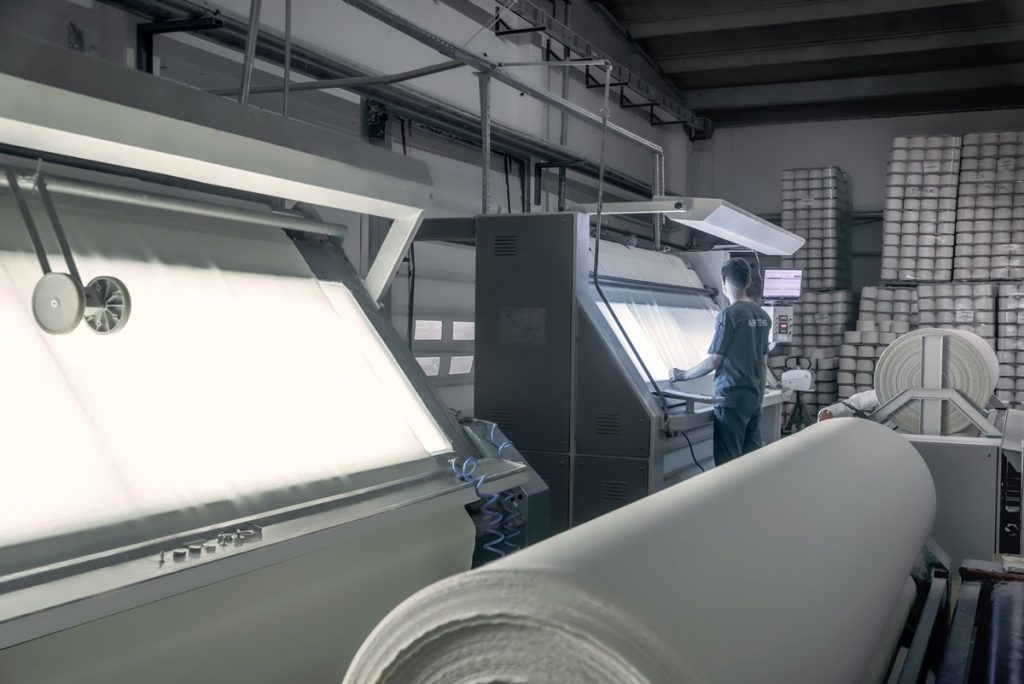FABRICS & YARNS
Shirting fabric refers to the type of fabric specifically designed for making shirts, known for its durability, comfort, and clean appearance. It comes in various weaves, textures, and finishes to suit different styles and needs. Here are some key aspects of shirting fabric:
1. Material:
Cotton: The most popular material for shirting fabric, especially 100% cotton, due to its breathability, softness, and comfort. Fabrics like **Egyptian cotton* and *Supima cotton* are premium options known for their high quality.
– Linen: A lightweight, breathable fabric ideal for hot climates but more prone to wrinkling.
– Polyester and Blends: Often mixed with cotton to improve durability, wrinkle resistance, and affordability.
– Silk and Wool: Occasionally used for more formal or high-end shirting, providing a luxurious feel.
2. Weaves:
– Poplin (Broadcloth): A lightweight, plain-weave fabric with a smooth finish, great for formal and dress shirts.
– Sateen : Sateen weaving is a type of weave often used in shirting fabric that produces a smooth, lustrous surface, similar to satin. The weave structure involves floating the warp or weft threads over multiple yarns,
which minimizes the number of interlacings, giving the fabric its characteristic sheen and softness. Here’s more about sateen weaving in shirting fabric.
Sateen weave typically has the weft yarns floating over four or more warp threads, which gives the fabric its glossy finish.
– Oxford: A slightly heavier fabric with a basket weave, often used for more casual shirts, like oxford button-downs.
– Twill: A diagonal weave that creates a soft, durable fabric, often used for both casual and formal wear.
Herringbone and Houndstooth: Twill variants with distinct patterns, adding texture and visual interest.
3. Finish:
– Mercerization: A finishing process that gives the fabric a smooth, shiny appearance, and enhances durability.
– Non-Iron: Often treated with special chemicals to prevent wrinkling and make maintenance easier.
– Brushed Cotton: A fabric that’s been gently brushed to create a soft, almost fuzzy surface, ideal for casual and cooler-weather shirts.
4. Yarn Count and Ply:
– Yarn Count: Refers to the thickness of the thread used. A higher yarn count usually means a finer, smoother, and softer fabric.
– Single vs. Two-Ply: Two-ply fabrics use two threads twisted together, providing more durability and a crisper feel compared to single-ply fabrics.
5. Pattern Options:
– Solids: Classic and versatile for both formal and casual shirts.
– Stripes: Available in varying widths and styles, often used in business shirts.
– Checks (Plaids): A common pattern for more casual or business-casual shirts.
– Prints: From floral to geometric designs, printed shirting fabrics are popular for casual and trendy styles.
Shirting fabrics combine quality and versatility, catering to a wide range of styles, occasions, and preferences.



